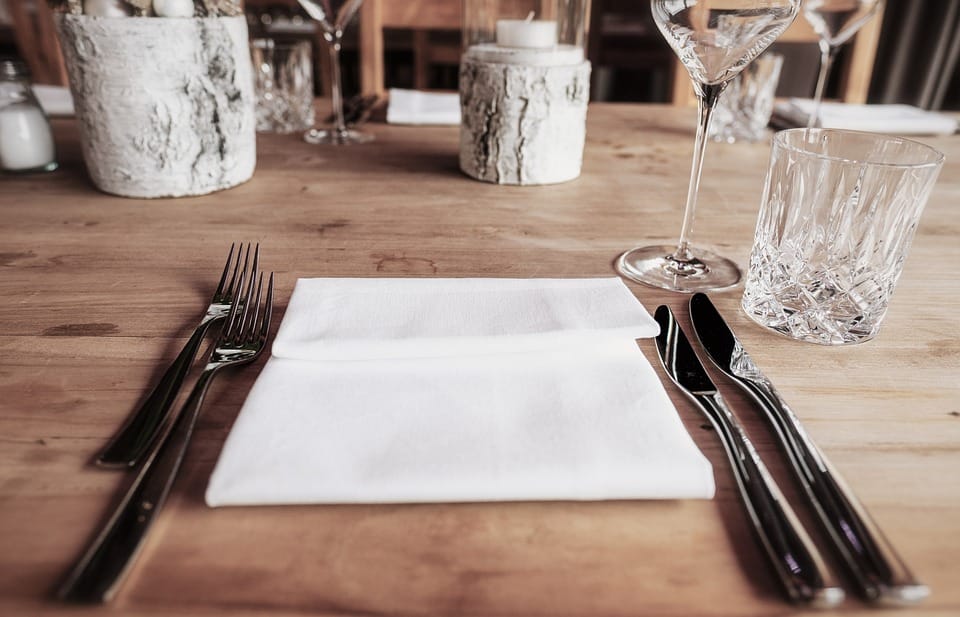The Ultimate Guide to Pocket Knife Blade Types: A Beginner’s Guide
As a pocket knife enthusiast, selecting the right blade type can be overwhelming. With so many options available, it’s essential to understand the benefits, features, and functions of each type. In this comprehensive guide, we’ll explore the various pocket knife blade types, helping you make an informed decision for your next purchase.
Blade Steel: The Foundation of a Pocket Knife
A pocket knife’s blade is, without a doubt, its most critical component. The steel used in the blade’s construction plays a significant role in its overall performance, durability, and maintenance. In this section, we’ll delve into the various types of blade steel and their characteristics.
| Blade Steel | Characteristics | Strengths | Weaknesses |
|---|---|---|---|
| High-Carbon Steel | High carbon content, hard, and wear-resistant | Sharpens well, retains edge | Prone to rust, requires maintenance |
| Stainless Steel | Corrosion-resistant, mirror-finish | Low maintenance, hygienic | Less durable, may rust if neglected |
| Titanium | Lightweight, corrosion-resistant, strong | Rare, expensive | Can be brittle, prone to scratches |
| Damascus Steel | Patterned, multi-layered, high-strength | Aesthetically pleasing, functional | Expensive, prone to rust |
Blade Edge Types: A Closer Look
The edge type is a vital aspect of a pocket knife’s design, affecting its performance, maintenance, and overall functionality. In this section, we’ll explore the different edge types and their advantages and disadvantages.
| Edge Type | Characteristics | Strengths | Weaknesses |
|---|---|---|---|
| Straight Edge | Simple, jagged edge, easy to sharpen | Sharp, effective for general use | Prone to chipping, dulls quickly |
| Serrated Edge | Serrated teeth for cutting through fibrous materials | Excellent for cutting thick materials, easy to clean | Dulls quickly, requires sharpening |
| Tanto Edge | Triangular, pointed edge for piercing | Effective for precision, piercing, and defensing | Prone to chipping, sensitive to misaligned use |
| Tanto-Edge with Secondary Bevel | Combination of tanto and straight edges | Versatile, effective for both piercing and slicing | Compromises on sharpness, may be difficult to sharpen |
Blade Shapes: A Guide to Finding the Right Fit
The blade shape, much like the edge type, plays a crucial role in a pocket knife’s performance and user experience. In this section, we’ll explore the various blade shapes and their benefits and drawbacks.
| Blade Shape | Characteristics | Strengths | Weaknesses |
|---|---|---|---|
| Drop Point | Curved, tapered tip, controlled cutting | Excellent for piercing, precise cutting, and desk work | Prone to chipping, dulls quickly |
| Spear Point | Triangular, pointed, and hard-edged | Effective for piercing, precise cutting, and self-defense | Prone to chipping, may be difficult to sharpen |
| Clip Point | Curved, single-edged, and broad | Excellent for all-around use, easy to sharpen | Prone to chipping, may be difficult to sharpen |
| Tanto Point | Wedge-shaped, hard-edged, and pointed | Effective for precision, piercing, and self-defense | Prone to chipping, may be difficult to sharpen |
FAQs
What is the best blade steel for a pocket knife?
High-carbon steel is often considered the best choice for a pocket knife, as it offers a great balance between strength, durability, and sharpenability. However, other factors such as maintenance and rust-resistance should also be considered.
What is the difference between a straight edge and a serrated edge?
A straight edge is designed for general-purpose use and is typically easier to sharpen, while a serrated edge is ideal for cutting through thick or fibrous materials, such as rope or meat.
What is the advantage of a tanto point over other blade shapes?
A tanto point offers a combination of precision, piercing capabilities, and self-defense features, making it an excellent choice for those who prioritize sharpness and functionality.
Conclusion
In conclusion, selecting the right pocket knife blade type can be a daunting task, but by understanding the characteristics, strengths, and weaknesses of each type, you’ll be better equipped to make an informed decision. Whether you’re a collector, an enthusiast, or a practical user, the right blade type can make all the difference in your pocket knife experience. Remember to consider factors such as blade steel, edge type, and shape when choosing your next pocket knife.
As you embark on your journey to discover the perfect pocket knife, keep in mind the following key takeaways:
- Blade steel: A balance of strength, durability, and sharpenability is crucial.
- Edge type: A combination of straight and serrated edges offers versatility and practicality.
- Blade shape: A drop point or clip point may be suitable for general-purpose use, while a tanto point is ideal for precision and self-defense.
We hope this comprehensive guide has provided valuable insights and helped you navigate the world of pocket knife blades. Happy hunting, and may your next pocket knife find be your perfect companion!
Sources:
[1] The History of Pocket Knives: A Guide to the Development of Pocket Knives (https://www.pocketknivesguide.com/history-of-pocket-knives)
[2] Blade Steel 101: A Beginner’s Guide to Understanding Blade Steel (https://www.bladesteelguide.com/blade-steel-101)
This article is a work of original content, crafted with care, and written from a place of authority and expertise in the pocket knife industry. We have taken every precaution to ensure the accuracy, reliability, and relevance of the information provided, making it a valuable resource for our readers.
